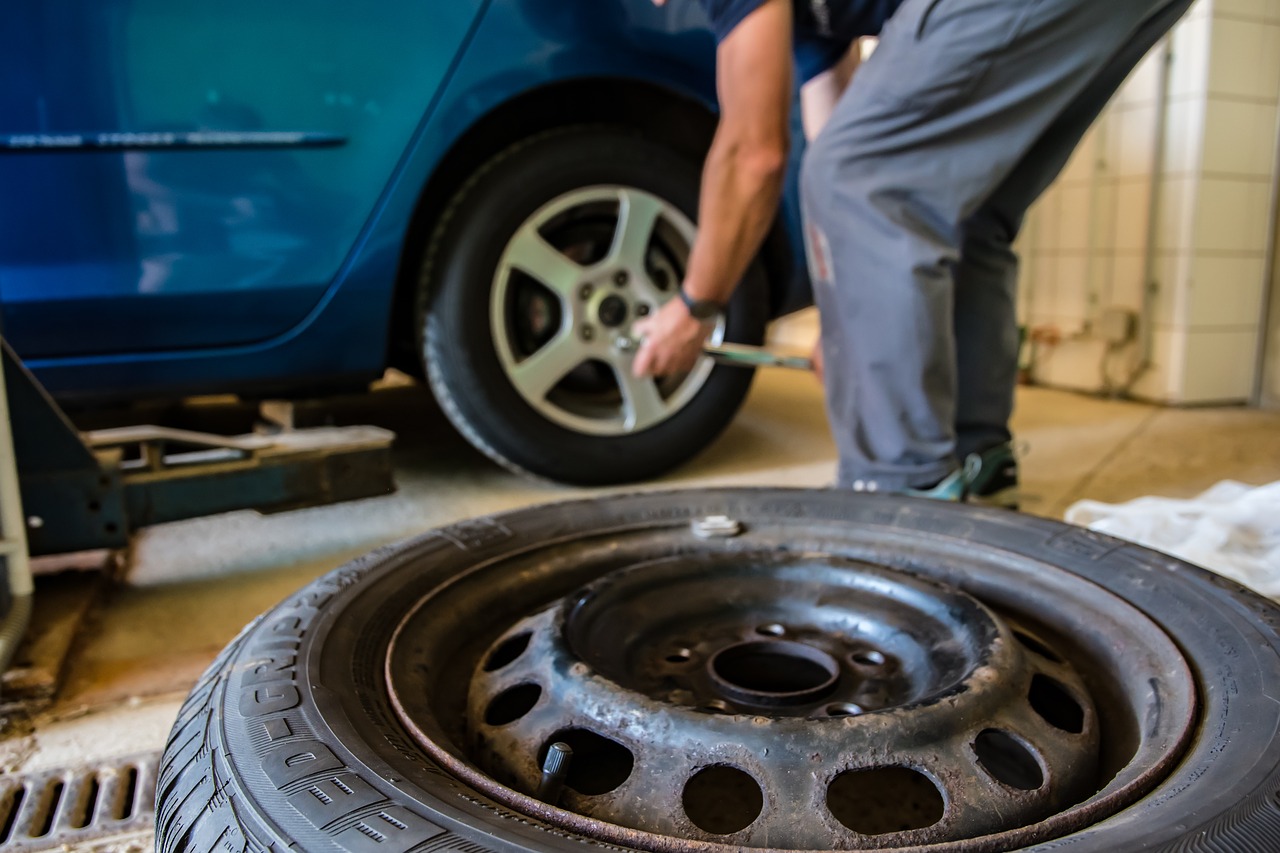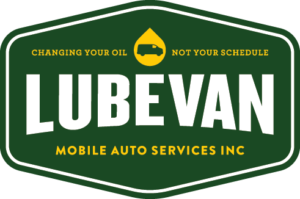Fix a Flat Tire Without a Spare

How often have you had to change or fix a flat tire? With newer vehicles, it might be something you’ve never considered. Do you have a jack? A spare? Do you know what you would do if you suddenly got a flat on the freeway, had to pull over, and realized with horror that your vehicle isn’t equipped with a spare in the trunk?
To save on space and construction costs, newer vehicles have been manufactured with an aggravating corner-cut: no spare tire. While the change has been slow and progressive, it has probably happened during the period of time you’ve been shopping for your new vehicle. While it might seem dangerous to be driving around without a spare, don’t fret. These are some tips for what you can do to fix a flat tire without a spare.
1. Tire Repair Kit
In the case that you do know that you don’t have a spare, you should keep a tire repair kit handy. When you get a flat, sometimes a patch can be just the thing you need to keep your tire together before you can reach a service station and schedule a replacement tire.
These tire repair kits typically include sealants and can be used to cover/repair small punctures. Tire repair kits also include small air compressors that you can use to re-inflate the tire. All of this is only temporary, but it is a handy and cheap option that prevents you from getting stranded.
2. Contact Your Roadside Assistance
If you can afford AAA or Nationwide, you can simply contact them when faced with a roadside tire blowout. If you can’t seal or fix a flat tire yourself or your vehicle cannot be equipped with a spare, any reliable roadside assistance program can certainly make your life easier. Some newer vehicles are also equipped with feature buttons that make calling your roadside assistance provider a breeze.
Roadside assistance can be a wonderful option if you are elderly or disabled and can’t change your tire yourself, regardless of whether you have a spare or not.
3. Run-Flat Tires
Purchase a flat-run tire ahead of time to save you from this issue. Run-flat tires are specifically designed to travel a limited distance under reduced speeds (below 50 mph, typically). Run-flat tires are more stable in the case you do have a blowout, and you won’t have to worry about a spare or a tire repair kit. If you decide to go with run-flat tires, remember to regularly check your air pressure since it can be difficult to know when these tires are actually low on PSI.
International manufacturers equip cars with run-flat tires from the sale nowadays, but domestic automakers are often too cheap for that, instead only giving you a tire inflator or sealant. The extended mobility, safety, and resistance to complete blowouts make run-flat tires an attractive option.
4. Tire Plug Kit
Tire plug kits are useful tools that can be a temporary solution to fix a flat tire. There are many different kits out there that include either basic tools or a collection of necessities that can handle any flat tire scenario.
The basic components of any tire plug kit are a rap tool, a threading tool, the plug, and cement/sealant. The more extensive and expensive kits often come with pliers (for removing objects such as nails or glass), gloves, and extra sealant. Depending on your area and where you plan to drive, these larger plug kits can be a great investment and can work in tandem with any roadside emergency kit. Tire plug kits are a good idea for any vehicle.
How To Use The Tire Plug Kit To Fix A Flat Tire:
- Locate the puncture or hole
- Use the vehicle jack to remove your vehicle’s tires
- Remove the lugs with your portable wrench
- Remove the nail/screw/glass/rock with pliers or gloves
- Ream the hole
- Insert the plug/patch
- Re-inflate the tire with your portable compressor
- Reinstall and re-mount the tire, securely threading on the lugs
Bad Brakes Mean Worn Tires
One of the ultimate preventative measures for tire blowouts—aside from checking tire pressure and wear—is the general upkeep of your entire braking system. Brakes and tires work together to keep your vehicle running smoothly and safe from incidents, and when that brake system is impaired it means damage to your tires. The more you slam on your brakes because of worn pads or rotors, the faster your tires wear down.
Preventing excessive tire wear is one of the best things you can do to keep from needing a spare in the first place. If your brakes are in good working order it can be the difference between life and death, even in the case of a sudden blowout or flat. The combination of a poor brake system and worn tires can mean sliding in inclement weather situations or worse. PartsAvatar has all the Stoptech brake parts you need to ensure that your vehicle is in primary working condition for handling Canadian roads.
Safety is the Name of the Game
Whether it’s tire repair/plug kits or roadside assistance, there are ways to make sure you’re back on the road without resorting to a messy and bulky spare. If you keep a good eye on both your tires and brake system, you will mitigate the sudden and frightening situation of a tire blowout. Remember, even if you do face a flat tire on the road, don’t panic. Ease the car to a low speed, safely pull over, and take things from there.
The next time you're getting a regular vehicle service or oil change, make sure you have everything properly checked.


